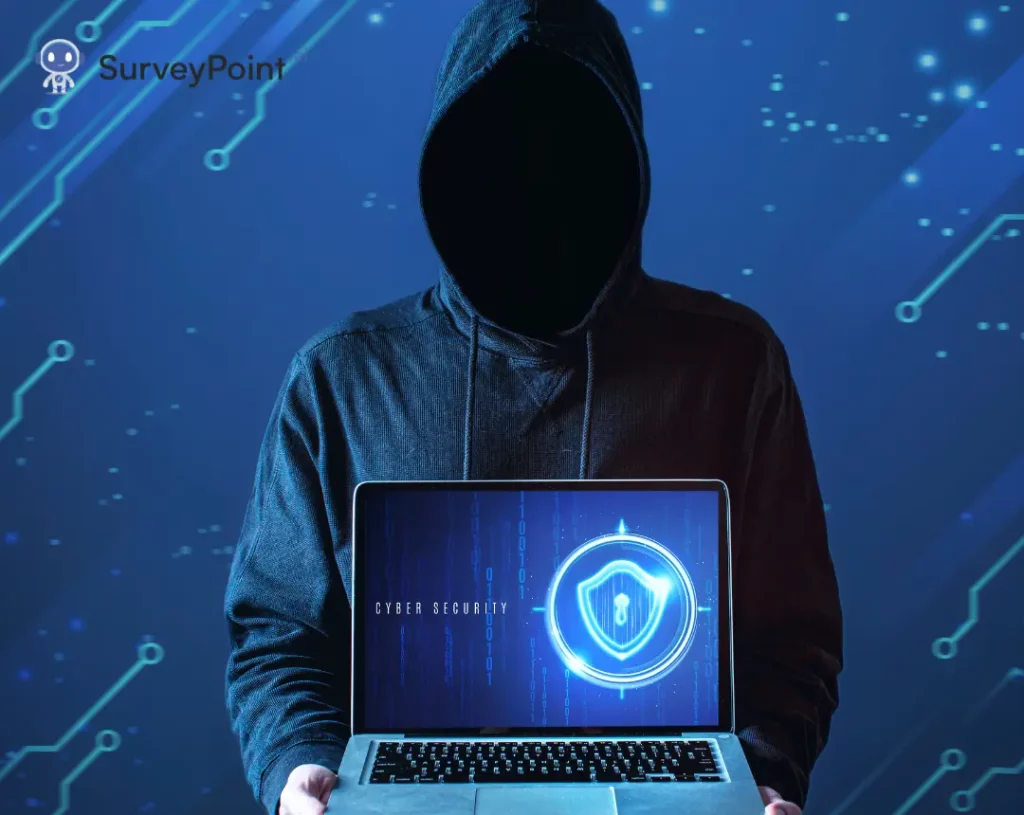
In our interconnected world, where the digital realm seamlessly intertwines with our daily lives, the importance of cybersecurity cannot be overstated. Cybersecurity serves as the vigilant guardian of our digital existence, protecting us from a myriad of threats ranging from identity theft to sophisticated cyber espionage. In this comprehensive guide, we will explore the essence of cybersecurity and delve into the top five tips that everyone, from individuals to enterprises, should know to safeguard their digital assets effectively.
Understanding Cybersecurity:
Defining Cybersecurity:
Cybersecurity refers to the practice of protecting computer systems, networks, and digital data from unauthorized access, attacks, damage, or exploitation. It encompasses a wide range of technologies, processes, and practices designed to safeguard our digital infrastructure and ensure the confidentiality, integrity, and availability of information. In essence, cybersecurity acts as a shield against the ever-evolving landscape of cyber threats, which can manifest in various forms, including malware, phishing attacks, ransomware, and more.
The Importance of Cybersecurity:
As our reliance on digital technologies continues to grow, so does the sophistication and frequency of cyber threats. From personal privacy concerns to the integrity of critical infrastructure, the stakes are higher than ever. Cybersecurity plays a pivotal role in:
- Protecting Personal Information: Safeguarding sensitive data such as passwords, financial details, and personal identifiers from falling into the wrong hands.
- Preserving Business Continuity: Ensuring that organizations can operate without disruption by safeguarding critical systems, networks, and data.
- Preventing Financial Loss: Mitigating the financial impact of cyber attacks, including the costs associated with data breaches, regulatory fines, and reputational damage.
The Cybersecurity Landscape:
The cybersecurity landscape is dynamic and constantly evolving. Threat actors range from individual hackers seeking financial gain to sophisticated state-sponsored entities conducting espionage. Key components of the cybersecurity landscape include:
- Threat Vectors: The avenues through which cyber threats infiltrate systems, including email, web browsers, software vulnerabilities, and social engineering tactics.
- Attack Surfaces: The points of vulnerability in a system that can be exploited by cybercriminals, such as unsecured networks, outdated software, and weak authentication mechanisms.
- Security Technologies: Tools and solutions designed to detect, prevent, and respond to cyber threats, including antivirus software, firewalls, intrusion detection systems, and encryption protocols.
Top 5 Cybersecurity Tips Everyone Should Know:
1. Strong Passwords and Authentication:
The foundation of cybersecurity begins with robust authentication mechanisms and the cultivation of secure password practices. Strengthen your digital fortifications by:
- Creating Complex Passwords: Craft passwords that include a mix of uppercase and lowercase letters, numbers, and special characters, making them resistant to brute-force attacks.
- Avoiding Common Passwords: Steer clear of easily guessable passwords, such as “password123” or “admin.” Opt for unique combinations that are unrelated to personal information.
- Implementing Multi-Factor Authentication (MFA): Add an extra layer of protection by enabling MFA, which requires additional verification steps beyond just entering a password, such as receiving a one-time code on your mobile device.
2. Regular Software Updates and Patch Management:
Outdated software poses a significant risk, as cybercriminals often exploit vulnerabilities to compromise systems. Stay one step ahead by:
- Enabling Automatic Updates: Configure your operating system and applications to receive automatic updates, ensuring that you are protected against the latest security threats.
- Regularly Checking for Updates: Take the initiative to manually verify that your software is up to date, paying special attention to critical applications and security software.
- Utilizing Patch Management Tools: For businesses, invest in patch management solutions to streamline the identification, testing, and deployment of updates across networks efficiently.
3. Awareness and Education:
Empowering individuals with the knowledge to recognize and mitigate cyber threats is a cornerstone of effective cybersecurity. Foster a culture of cyber awareness by:
- Staying Informed about Threats: Regularly update yourself on the latest cybersecurity threats and trends to understand potential risks and vulnerabilities.
- Providing Cybersecurity Training: Organizations should conduct regular training sessions to educate employees on best practices, social engineering tactics, and the importance of adhering to security policies.
- Cultivating a Culture of Cybersecurity: Encourage a proactive approach to cybersecurity within personal and professional circles to create a collective defense against evolving threats.
4. Secure Network Practices:
With the increasing prevalence of remote work and the growing number of connected devices, securing your network is paramount. Safeguard against unauthorized access and data breaches by:
- Using Strong Encryption Protocols: Employ robust encryption standards, such as WPA3 for Wi-Fi networks, to protect data transmission from eavesdropping.
- Implementing a Virtual Private Network (VPN): When accessing public Wi-Fi, use a VPN to create a secure tunnel for your data, safeguarding it from potential interceptions.
- Regularly Updating Router Firmware: Keep your router’s firmware up to date to patch vulnerabilities and enhance overall network security.
5. Regular Backups and Incident Response Planning:
Despite proactive measures, security incidents may still occur. Minimize the impact of such events by adopting the following practices:
- Backing Up Critical Data Regularly: Store backups in a secure, offline location to prevent them from being compromised in the event of a cyber attack.
- Developing an Incident Response Plan: Outline a comprehensive plan detailing the steps to take in the event of a cybersecurity incident. This includes identifying and isolating the breach, notifying relevant parties, and implementing corrective actions.
Conclusion
In an era dominated by digital connectivity, the realm of cybersecurity stands as a critical bulwark against an ever-expanding array of cyber threats. By embracing and implementing the top five cybersecurity tips outlined in this guide, individuals and organizations can fortify their digital defenses, creating a safer online environment for all. Cybersecurity is not just a technological imperative; it is a shared responsibility that requires continuous vigilance, education, and collaboration. As we navigate the complexities of the digital landscape, let these tips serve as a beacon, guiding us toward a more secure and resilient future.




